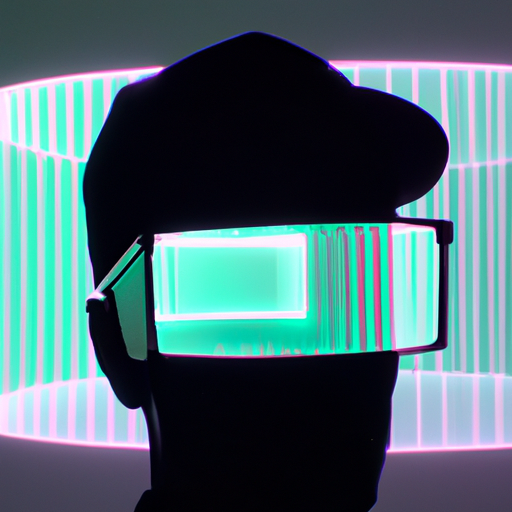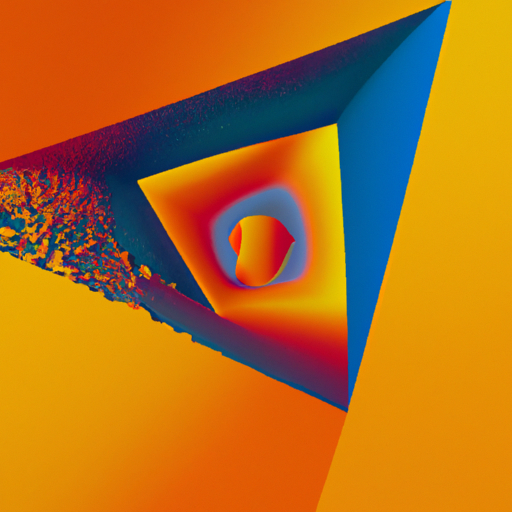
-
Table of Contents
3D Graphics: Adding Depth and Dimension to Designs

When it comes to design, adding depth and dimension can greatly enhance the visual appeal and impact of a project. One way to achieve this is through the use of 3D graphics. With the advancement of technology, 3D graphics have become increasingly popular and accessible, allowing designers to create stunning visuals that captivate audiences. In this article, we will explore the benefits of using 3D graphics in design, examine real-world examples, and discuss the future of this exciting field.
The Power of 3D Graphics
3D graphics offer a unique way to bring designs to life by adding depth, realism, and interactivity. Unlike traditional 2D graphics, which are limited to two dimensions, 3D graphics allow designers to create objects that appear three-dimensional, with height, width, and depth. This added dimensionality can make designs more engaging and immersive, capturing the attention of viewers and leaving a lasting impression.
One of the key advantages of 3D graphics is their ability to create realistic simulations. Whether it’s a product visualization, architectural rendering, or character animation, 3D graphics can accurately depict how an object or scene would look in the real world. This level of realism can be particularly useful in industries such as architecture, interior design, and product development, where clients and stakeholders need to visualize the final result before committing to a project.
Furthermore, 3D graphics offer a wide range of creative possibilities. Designers can manipulate objects, textures, lighting, and camera angles to create visually stunning compositions. They can experiment with different materials, colors, and effects to achieve the desired aesthetic. This flexibility allows for endless customization and enables designers to push the boundaries of their creativity.
Real-World Examples
Let’s take a look at some real-world examples of how 3D graphics have been successfully incorporated into various design projects:
1. Advertising
Advertising is an industry that heavily relies on visual impact to capture the attention of consumers. 3D graphics have been widely used in advertising campaigns to create eye-catching visuals that stand out from the competition. For example, car manufacturers often use 3D renderings to showcase their latest models, allowing potential buyers to explore the vehicle from different angles and even customize its features. This interactive experience can significantly influence purchasing decisions.
2. Video Games
The gaming industry has been at the forefront of 3D graphics technology for decades. From the early days of simple polygons to the current state-of-the-art graphics, 3D has revolutionized the gaming experience. Games like “The Legend of Zelda: Breath of the Wild” and “Red Dead Redemption 2” feature breathtaking 3D environments that immerse players in rich and detailed worlds. The ability to explore these virtual landscapes adds a new level of depth and realism to the gaming experience.
3. Film and Animation
3D graphics have become an integral part of the film and animation industry. Animated movies like “Toy Story” and “Frozen” have captivated audiences with their lifelike characters and immersive environments. The use of 3D graphics allows filmmakers and animators to create visually stunning scenes that would be impossible to achieve with traditional 2D techniques. This has opened up new possibilities for storytelling and has pushed the boundaries of what can be achieved in the world of animation.
The Future of 3D Graphics
As technology continues to advance, the future of 3D graphics looks promising. Here are some trends and developments to watch out for:
1. Virtual Reality (VR) and Augmented Reality (AR)
Virtual reality and augmented reality are rapidly growing fields that heavily rely on 3D graphics. VR allows users to immerse themselves in virtual environments, while AR overlays digital content onto the real world. Both technologies require realistic and interactive 3D graphics to create convincing and engaging experiences. As VR and AR become more mainstream, the demand for high-quality 3D graphics will continue to rise.
2. 3D Printing
3D printing has revolutionized the manufacturing industry by allowing the creation of physical objects from digital designs. 3D graphics play a crucial role in this process, as they are used to design and prototype products before they are printed. The ability to visualize and iterate on designs in a virtual 3D space has greatly accelerated the product development cycle and has opened up new possibilities for customization and personalization.
3. Interactive Web Design
The web design industry is constantly evolving, and 3D graphics are becoming increasingly prevalent in interactive web experiences. Websites can now incorporate 3D elements that respond to user interactions, creating engaging and immersive browsing experiences. This trend is likely to continue as web technologies advance and browsers become more capable of rendering complex 3D graphics.
Summary
3D graphics have the power to transform designs by adding depth, realism, and interactivity. They offer a wide range of creative possibilities and can be used in various industries, including advertising, gaming, and film. As technology continues to advance, the future of 3D graphics looks promising, with virtual reality, augmented reality, 3D printing, and interactive web design driving further innovation. By incorporating 3D graphics into their projects, designers can create visually stunning and immersive experiences that captivate audiences and leave a lasting impression.
